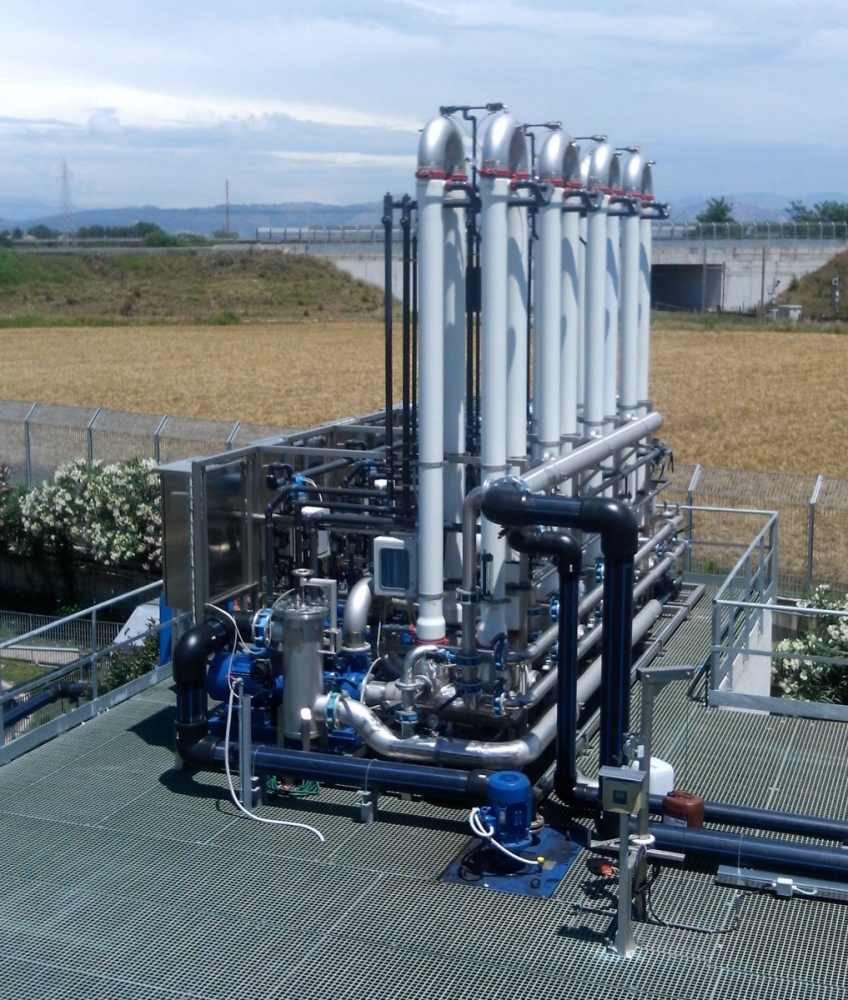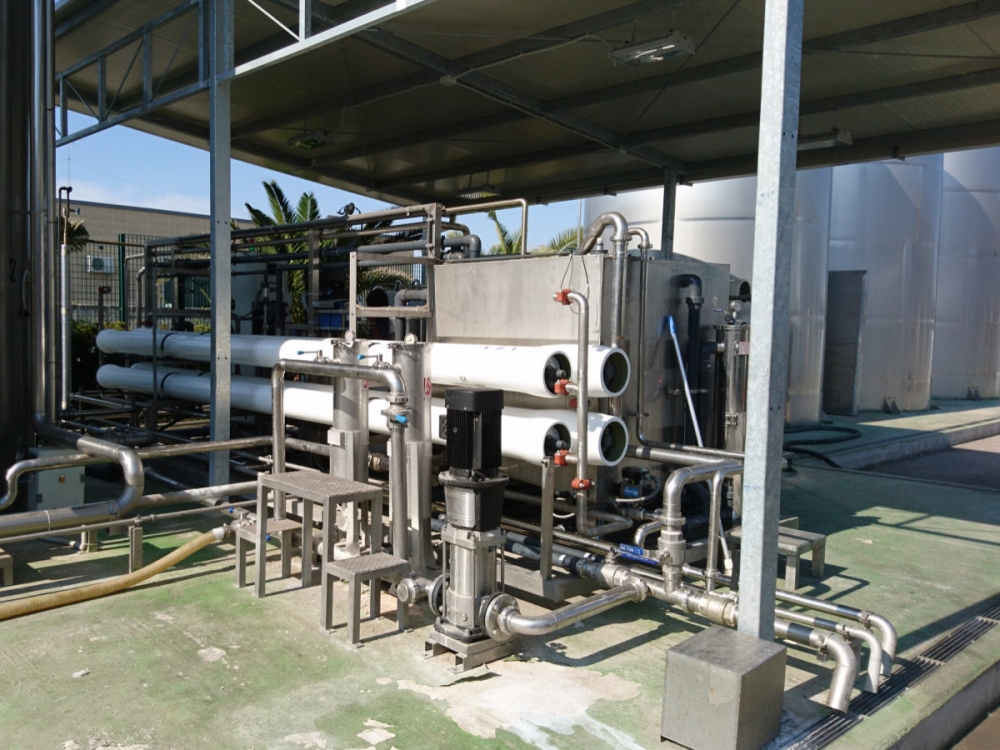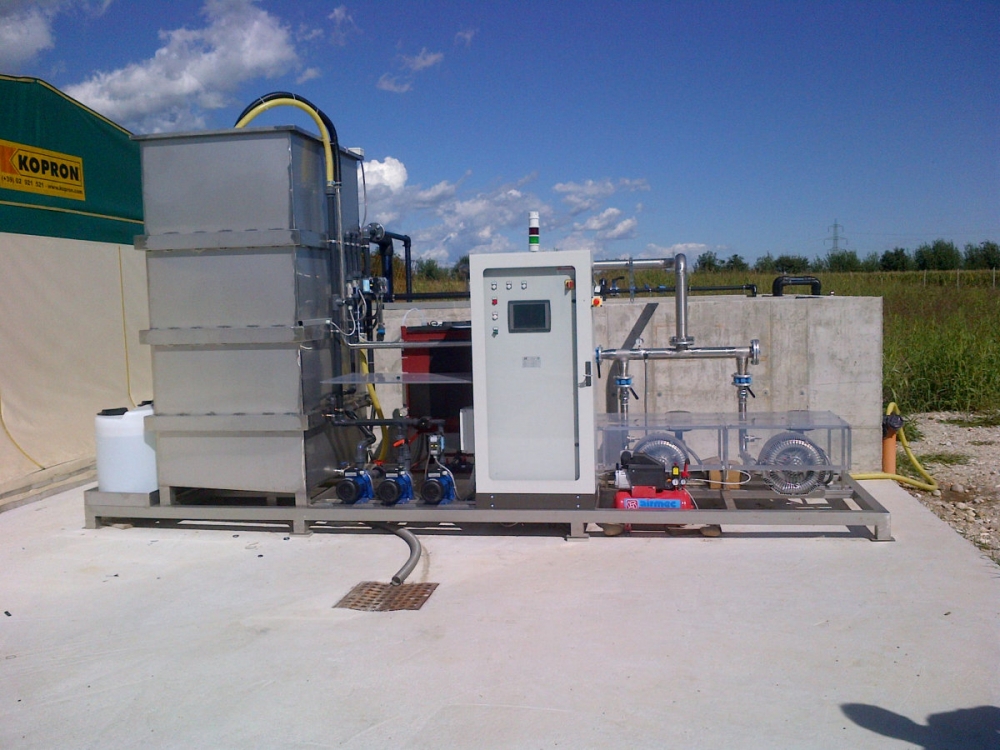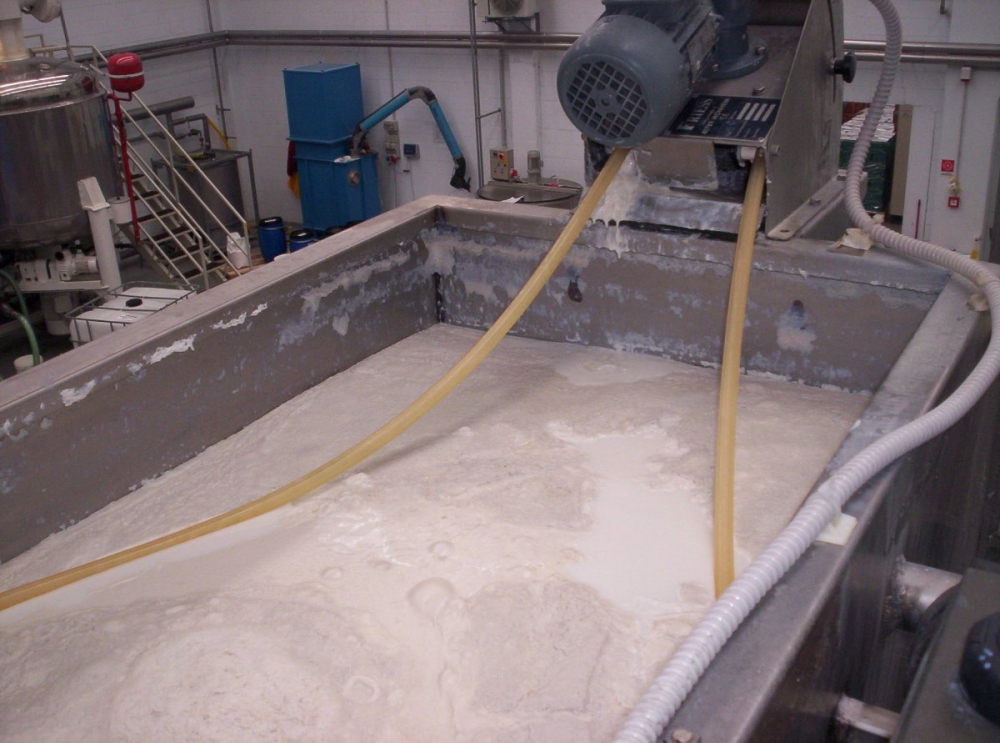Landfill leachate treatment
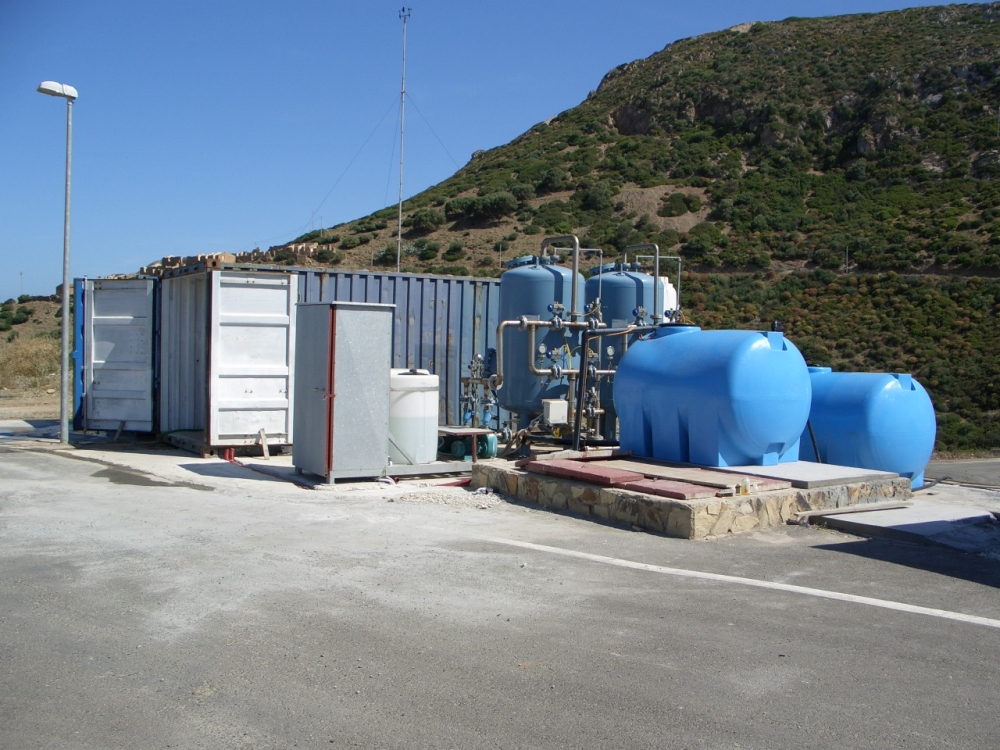
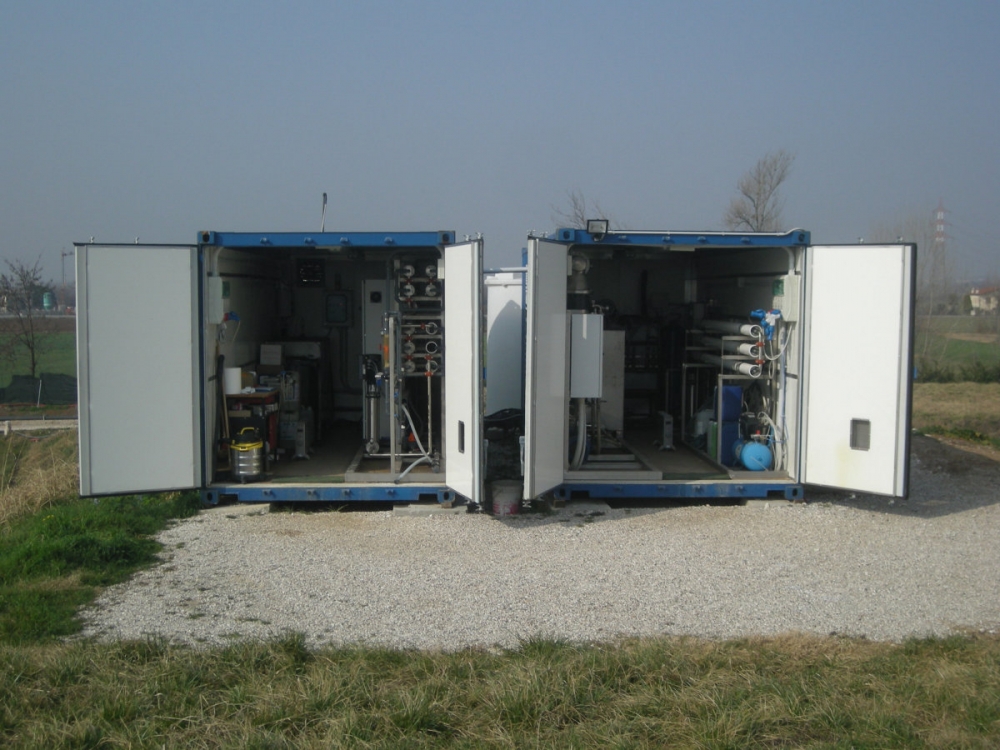
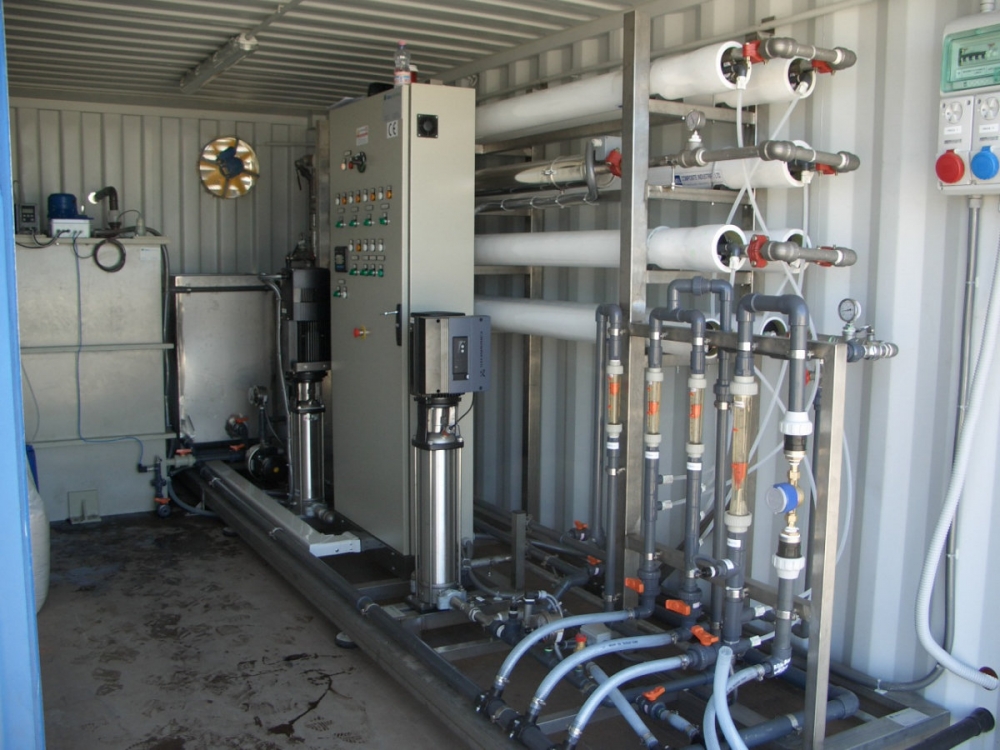
Leachate treatment plant
Leachate is a liquid that originates predominantly from the infiltration of water in the mass of wastes or from the decomposition of the latter. The leachate produced by the controlled landfills of solid urban wastes is a wastewater with a generally high content of organic and inorganic pollutants, deriving from the biological and physical-chemical processes taking place in the landfill.
The machines conceived for this kind of treatment are mainly used for civil and industrial landfills or waste-disposal platforms.
The waters to be treated are composed of oils and fats, filings, chippings, dirt, surfactants, traces of hydrocarbons, dissolved salts and organic compounds.
The aim of the treatment consists in concentrating the effluent in order to obtain a volume reduction prior to its recycle to the landfill or disposal. Purified water (with no salts) may be reused in the production cycle as washing water.
As an example, a leachate-treatment plant (30 m3/g) is illustrated below. The system makes it possible to obtain about 20 m3/d of purified water that can be discharged into surface waters; the remaining fraction of concentrate (10 m3/d) is recirculated into the landfill, where it returns into the cycle of natural purification processes that occur here (=> production of biogas). In essence, such system is made up of the following process stages:
- Sand filter for the removal of suspended solids
- Ultrafiltration (UF) section, 0.1 micron porosity. In this section of the plant a good level of clarification of the wastewater is ensured; this is necessary to enable correct functioning of the following stage of reverse osmosis. The membranes usually installed are of the tubular ceramic type, thus unattackable from a chemical perspective and compatible with the filtration of waste waters with high content of organic contaminants, and with the possibility of cleaning at extreme temperatures and pH values.
- Concentration on spiral-wound polymeric reverse-osmosis (RO) membranes. This section will be of the double-stage and double-pass type in order to ensure the highest possible concentration rate and thus obtain a high-quality permeate (dischargeable in surface waters) and only a small amount of concentrate to be recycled or disposed of.
To point out is that UF pre-treatment allows utilization, in the RO section, of high efficiency and low cost spiral wound membranes which also benefit of easy maintenance and substitution.
Discover all other products:

We study the most suitable solution for your company.
